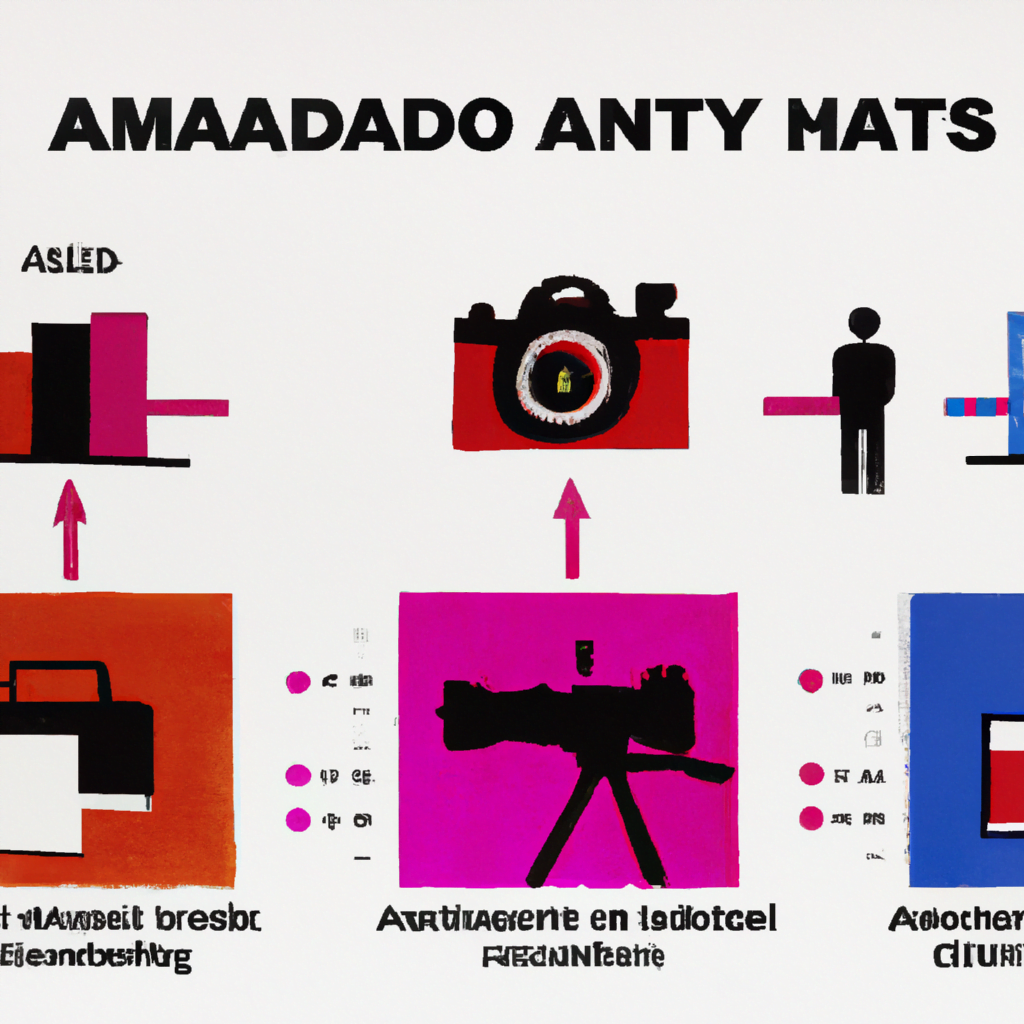
Illustrating Infographics: Making Data Visual and Engaging

Infographics have become a popular way to present complex data in a visually appealing and easily understandable format. With the rise of digital media and the increasing need for information to be quickly consumed, infographics have proven to be an effective tool for communication. In this article, we will explore the art of illustrating infographics and discuss how to make data visual and engaging.
The Power of Infographics
Infographics have the power to convey information in a way that is both visually appealing and easy to understand. They combine text, images, and data to create a compelling narrative that engages the audience. According to a study by the Social Science Research Network, 65% of people are visual learners, meaning they understand and retain information better when it is presented in a visual format. Infographics tap into this preference and make data more accessible to a wider audience.
Furthermore, infographics are highly shareable on social media platforms, making them an effective tool for content marketing. According to a study by HubSpot, infographics are liked and shared on social media three times more than any other type of content. This makes them a valuable asset for businesses and organizations looking to increase their online visibility and reach a larger audience.
Understanding Your Audience
Before diving into the process of illustrating infographics, it is crucial to understand your target audience. Different demographics have different preferences and expectations when it comes to visual communication. Conducting thorough research on your audience will help you tailor your infographic to their needs and preferences.
Consider factors such as age, gender, education level, and cultural background. For example, younger audiences may prefer a more modern and minimalist design, while older audiences may appreciate a more traditional and detailed approach. Understanding your audience will ensure that your infographic resonates with them and effectively communicates the intended message.
Choosing the Right Data
When creating an infographic, it is important to carefully select the data you want to present. Too much data can overwhelm the audience and dilute the main message, while too little data may not provide enough context or support for your claims. Choose data that is relevant, accurate, and supports the main points you want to convey.
Consider using statistics, case studies, and research findings to back up your claims. This will add credibility to your infographic and make it more persuasive. However, be cautious of using outdated or biased data, as this can undermine the trustworthiness of your infographic.
Designing an Engaging Layout
The layout of your infographic plays a crucial role in its overall effectiveness. A well-designed layout should guide the viewer’s eye through the information and create a logical flow. Here are some tips for designing an engaging layout:
- Start with a clear and attention-grabbing title that summarizes the main message of your infographic.
- Use headings and subheadings to break up the content and make it easier to scan.
- Arrange the information in a logical order, such as from left to right or top to bottom.
- Use visual hierarchy to emphasize important points and guide the viewer’s attention.
- Incorporate icons, illustrations, and charts to make the data more visually appealing and easier to understand.
- Choose a color scheme that is visually pleasing and aligns with the overall tone of your infographic.
- Ensure that the text is legible and easy to read, even at smaller sizes.
By following these design principles, you can create an engaging layout that effectively communicates your message and keeps the audience interested.
Using Visuals to Enhance Understanding
Visuals are a powerful tool for enhancing understanding and engagement in infographics. They can simplify complex concepts, evoke emotions, and make data more memorable. Here are some ways to use visuals effectively:
- Use charts and graphs to present numerical data in a clear and concise manner. Bar graphs, pie charts, and line graphs are commonly used to compare and contrast data.
- Utilize icons and illustrations to represent concepts and ideas. Icons can be used to visually represent different categories or elements, while illustrations can add a storytelling element to your infographic.
- Include photographs or images that are relevant to the topic. High-quality images can evoke emotions and make the infographic more relatable.
- Use visual metaphors to simplify complex ideas. For example, using a lightbulb to represent an idea or a puzzle piece to represent a solution.
Remember to use visuals sparingly and purposefully. Too many visuals can clutter the infographic and distract the audience from the main message.
Case Studies: Successful Infographics
Let’s take a look at some successful infographics that effectively illustrate data and engage the audience:
1. “The Evolution of Mobile Phones”
This infographic traces the history of mobile phones from their inception to the present day. It uses a timeline format with icons and illustrations to represent each milestone. The layout is clean and easy to follow, with concise text and visually appealing visuals. The infographic effectively engages the audience by presenting a familiar topic in an interesting and informative way.
2. “The Impact of Plastic Pollution on Marine Life”
This infographic highlights the devastating effects of plastic pollution on marine life. It uses a combination of statistics, icons, and illustrations to convey the message. The layout is visually striking, with a dark color scheme that evokes a sense of urgency. The infographic effectively engages the audience by presenting alarming statistics and visually representing the impact of plastic pollution.
3. “The Benefits of Meditation”
This infographic explores the benefits of meditation on mental and physical health. It uses a combination of charts, illustrations, and photographs to present the information. The layout is well-organized, with clear headings and subheadings that make it easy to navigate. The infographic effectively engages the audience by presenting scientific research and visually representing the positive effects of meditation.
Summary
Illustrating infographics is a powerful way to make data visual and engaging. By understanding your audience, choosing the right data, designing an engaging layout, and using visuals effectively, you can create infographics that effectively communicate your message and engage the audience. Remember to keep the content relevant, accurate, and visually appealing. Infographics have the potential to make complex data accessible and memorable, so make the most of this powerful tool in your communication efforts.
